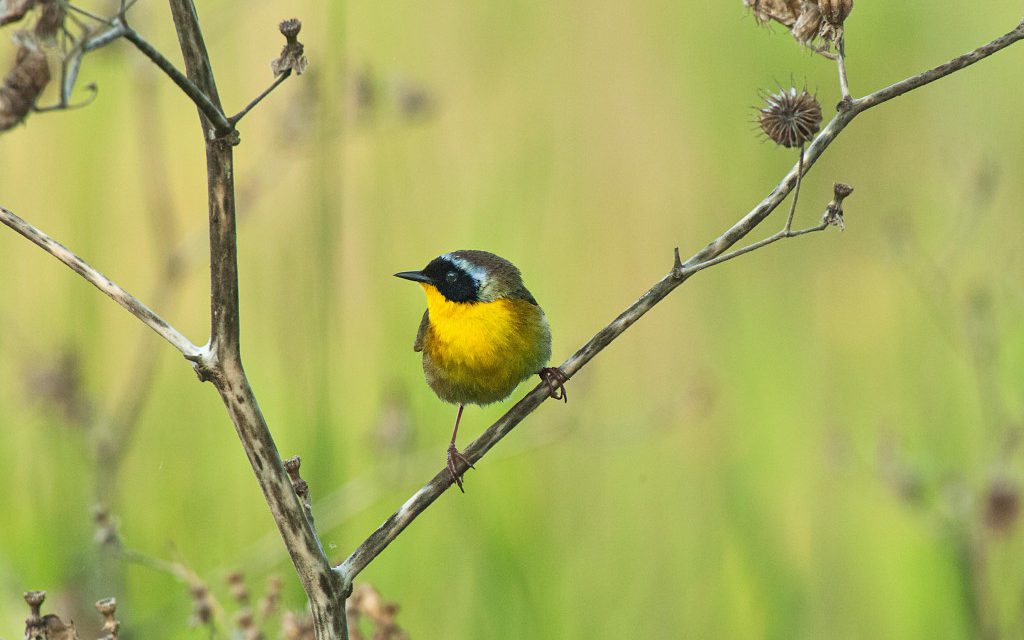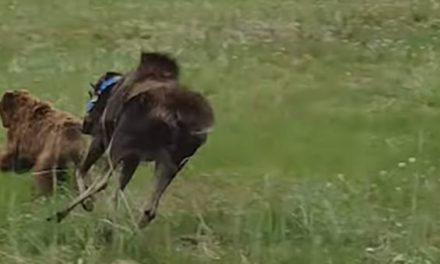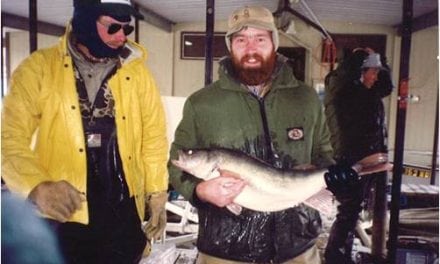Enlarge
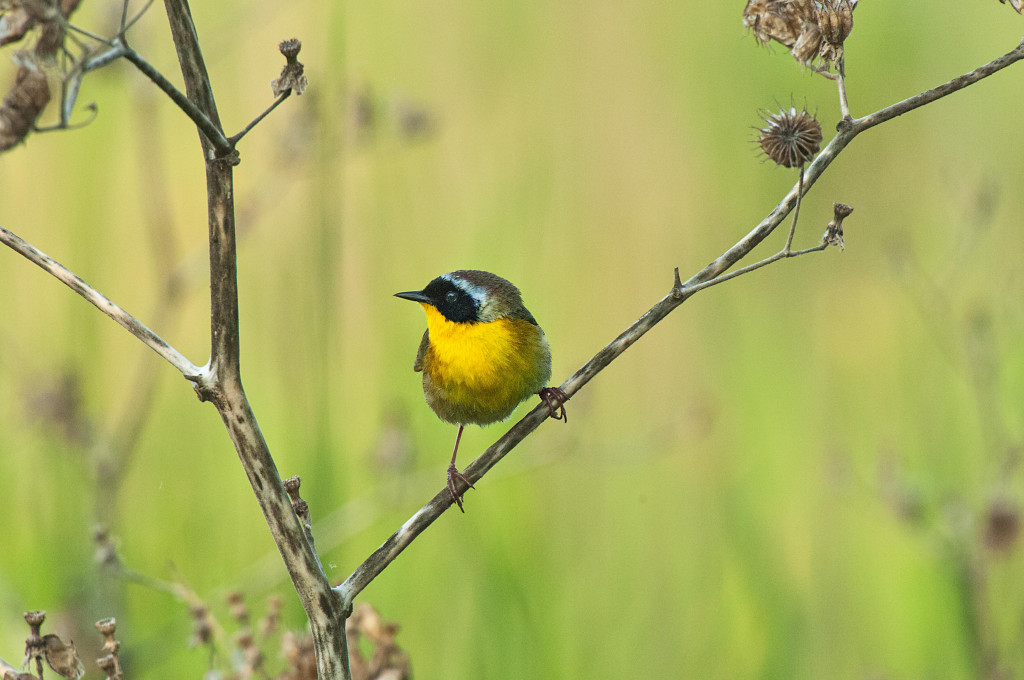
By Stephen Brenner and Joel Jorgensen, Nongame Bird Program managers
Migration is a critically important event in the lives of many avian species. This period accounts for over a quarter of the annual cycle for some birds and is extremely risky as individual birds travel long distances through unfamiliar areas. Consequently, many species experience higher rates of mortality compared to the breeding or wintering periods. Some of the smallest migratory species in North America also can travel the longest distances, moving from breeding areas in the boreal forests of Canada to wintering grounds in Central and South America. These and other challenges make migratory stopover areas extremely important to the survival and life cycles of hundreds of songbird species in North America.
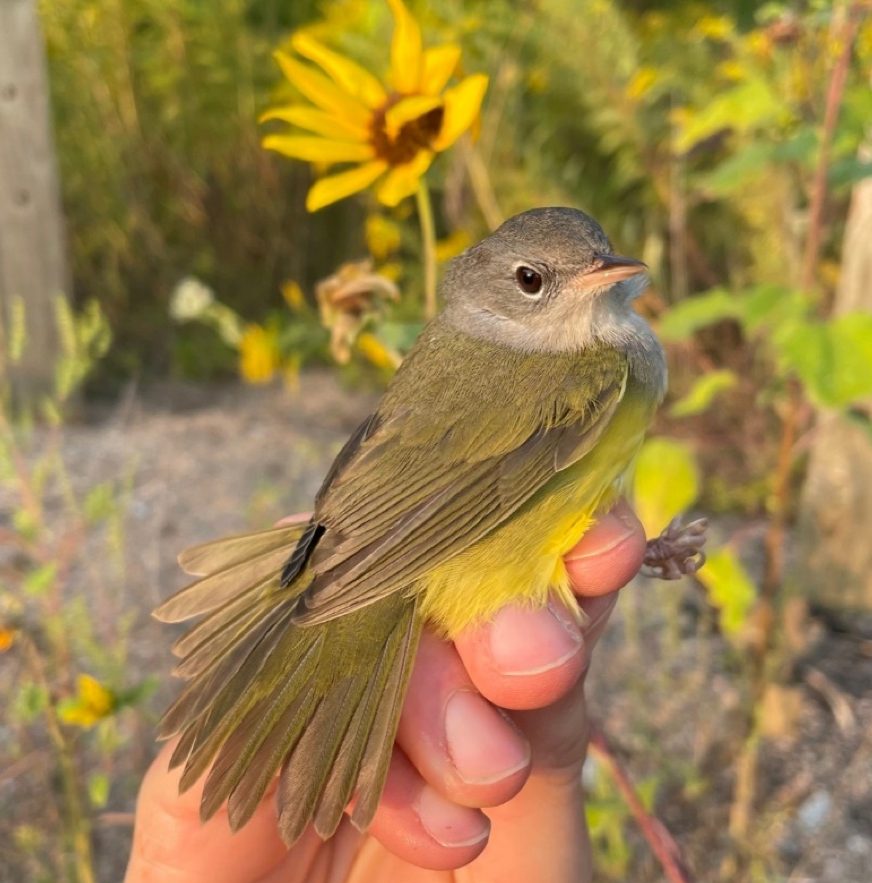
There has been little focus on passerine (songbird) migration in the Great Plains as the region lies on the edge of most Neotropical migratory pathways; land area is not restricted as it can be on coastal sites, and the region has less available early successional habitat, which has been shown to be important to migrants in the eastern United States. However, much of the land in the eastern Great Plains and eastern Nebraska is row crop agriculture, which is essentially unsuitable for stopover, and early successional habitat is naturally limited. Thus, there is a need to identify suitable stopover sites and habitat features in this region for many migratory species.
Beginning fall 2020, the Nongame Bird Program studied the body condition of migratory passerines at Conestoga Wildlife Management Area in eastern Nebraska using standard mist-netting and bird banding techniques. Our primary objective for this study was to determine whether a WMA in eastern Nebraska provides suitable stopover habitat for migratory songbirds. One of the best indicators of migratory fitness is the amount of fat that birds can accumulate while on stopover, particularly before undertaking large migratory movements at night. By comparing evening wind direction, capture rates and individual body condition through fat scores, we found supporting evidence that long-distance migrants improved their body condition while on stopover in Nebraska during fall migration.
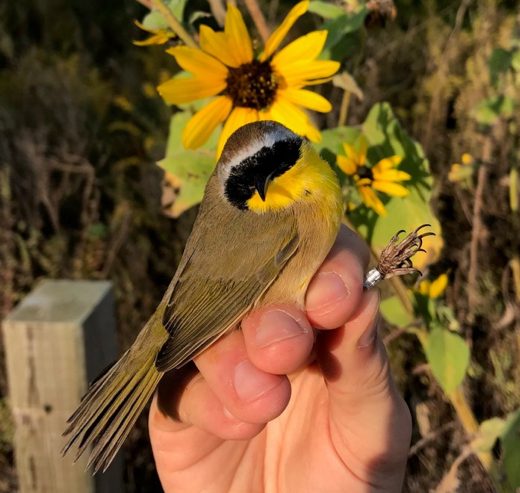
We found that the average fat scores were significantly higher on migrants that we caught while on stopover (captured on mornings following evening headwinds when birds were unlikely to migrate) compared to the average fat scores of migrants that had presumably arrived at Conestoga the morning of capture (captured following evening tailwinds which are favorable for migration). We also captured a high number and diversity of birds given our relatively limited spatial effort (Fig 1-2), totaling 39 species, including three Legacy Species of Greatest Conservation Need (Fig 3).
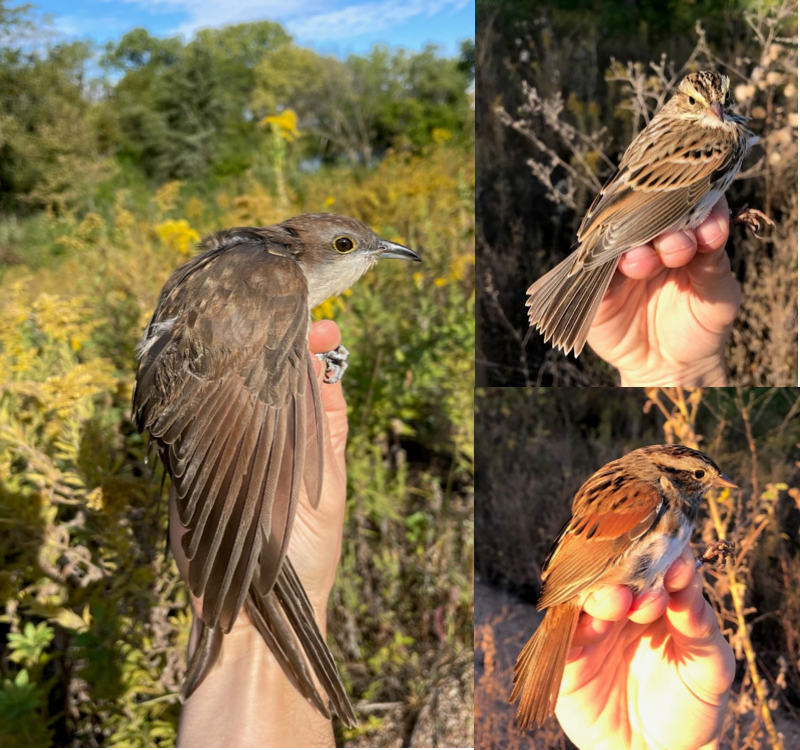
Conestoga WMA, like other WMAs in this region, feature areas with early successional habitat and variable habitat structure that includes a mix of grasses, forbs and shrubs. This is not by accident as these sites are managed to produce this type of habitat. Area Manager Travis Kopf noted that the grassland at Conestoga is managed by utilizing tools, such as prescribed burning, to enhance plant diversity, which in turn, benefits a wide range of species that reside in those habitats. Given the high number of species we were able to capture and evidence of improved body condition, even small areas featuring diverse habitat structure in agricultural and urban landscapes in eastern Nebraska likely serve as effective stopover sites for migratory songbirds in the fall. ■
All birds in this study were humanely captured, banded and released by trained personnel in possession of all required state and federal permits and authorizations.
The post WMA Habitat Fuels Songbird Migration appeared first on Nebraskaland Magazine.

